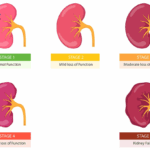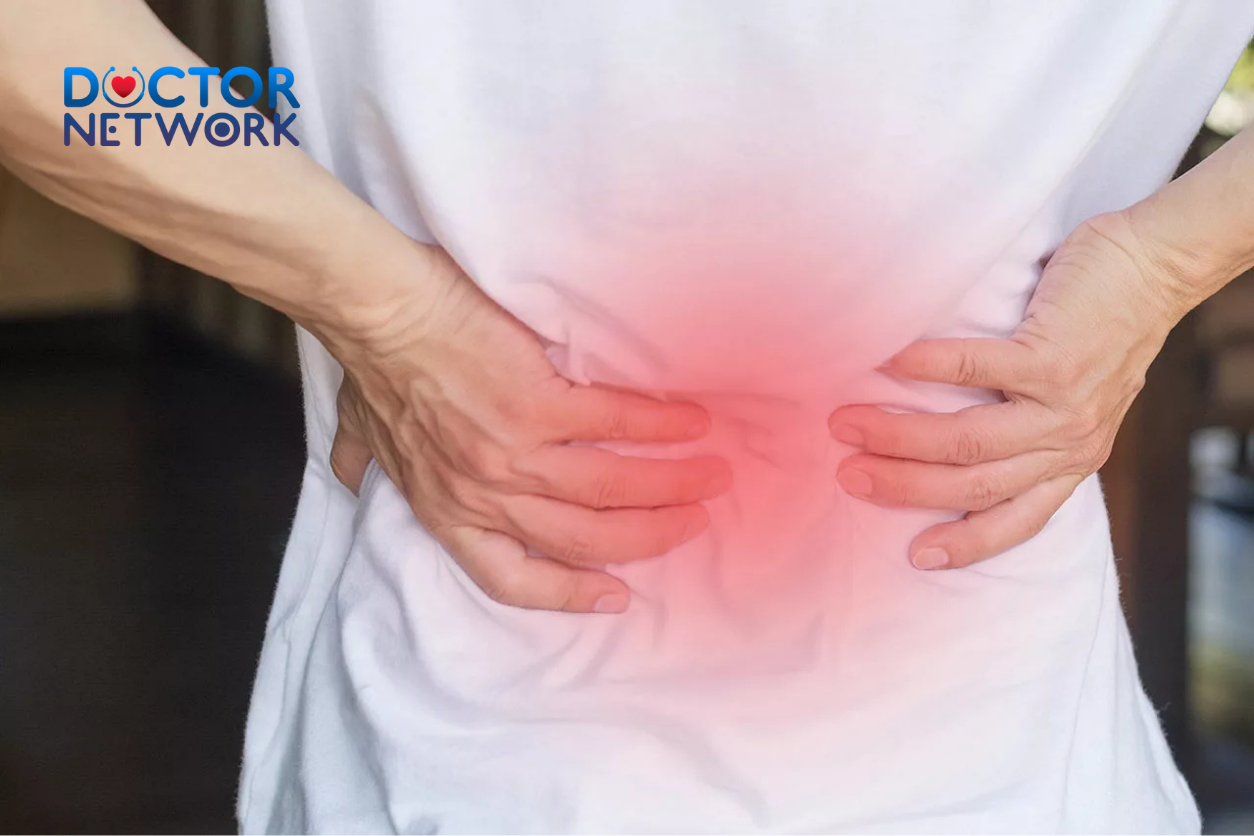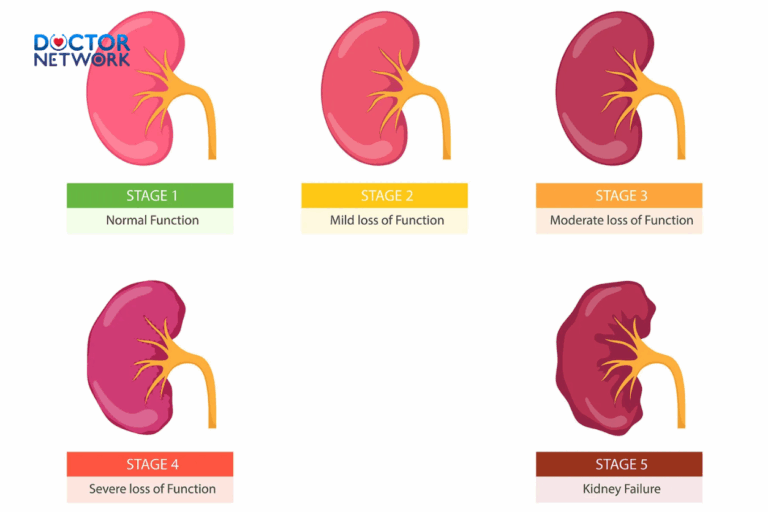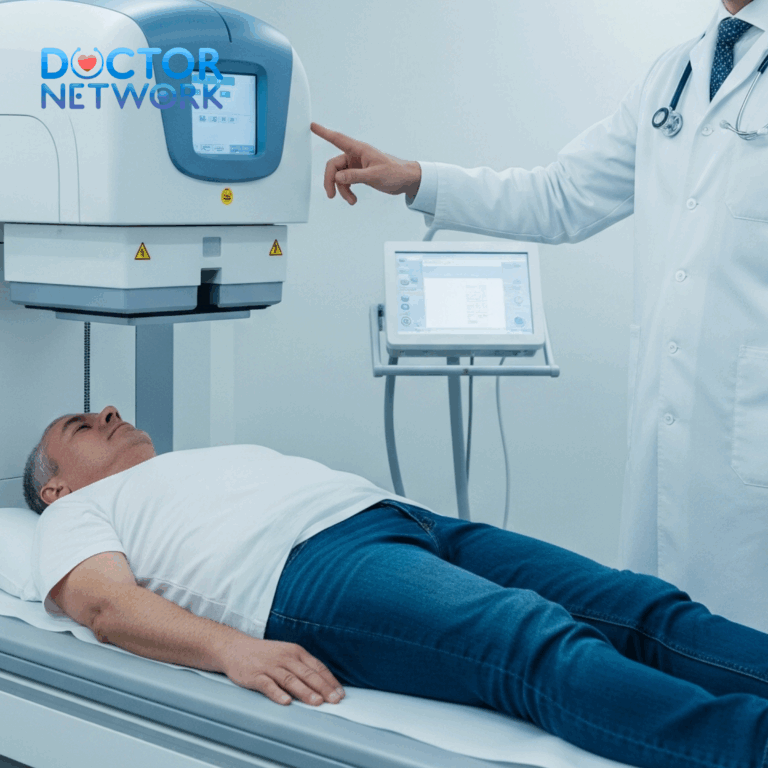Degeneration of the hip joints is not only prevalent in the elderly but can also affect the younger population. This is a serious issue that is increasingly prevalent in the community, with various contributing factors. So, how is hip joint degeneration in the young? Let’s explore this topic in the following article!
What is Hip Joint Degeneration?
Hip joint degeneration is a condition where patients experience prolonged pain, structural changes in the joint, and potential disability, impacting the quality of life and placing a significant burden on families and society. Early diagnosis and treatment help prevent the rapid progression of the disease, reduce pain, and improve health, limiting the risk of disability.

Hip joints degeneration in the young individuals is no longer a rare condition
Classification of Hip Joint Degeneration
Hip joint degeneration encompasses two main types:
1. Primary Hip Joint Degeneration
Typically occurs in individuals over 60 years old and accounts for 50% of cases.
2. Secondary Hip Joint Degeneration
Includes the following forms:
- Degeneration following trauma, such as a fractured femoral neck, hip dislocation, or acetabular fractures.
- Degeneration following joint deformities, such as coxa plana or after aseptic necrosis of the femoral head.
- Degeneration on the background of congenital body deformities or as a complication of other diseases.
Causes of Hip Joint Degeneration in the Young
These include factors such as:
- History of joint inflammation, spondylitis, or tuberculosis-related joint inflammation.
- Injuries due to excessive physical activity, sports, or accidents.

Excessive heavy labor can lead to hip joint degeneration in young individuals
- Aseptic necrosis of the femoral head.
- Joint deformities from birth or due to conditions like gout or diabetes.
Symptoms of Hip Joint Degeneration in the Young
- Prolonged pain from the buttocks, thighs, to the knee joint and the base of the femur.
- Difficulty in movement, especially in the morning or with changes in posture.
- Reduced range of motion and a feeling of numbness and fatigue during hip movement.
- Limitation in daily activities such as squatting, personal hygiene, and tying shoelaces.
Treatment Methods for Hip Joint Degeneration in the Young
The treatment of hip joint degeneration in the young can be divided into two types:
1. Conservative Treatment
– This includes the use of pain relievers, anti-inflammatory medications, maintaining ideal body weight, and utilizing mobility aids such as crutches, walking frames, or canes.
– Physical therapy exercises, like raising the legs and knee pulling, play a crucial role in enhancing blood circulation, improving joint flexibility, and strengthening the muscles around the hip region.
2. Surgical Treatment
When conservative methods fail to yield results and there is a significant reduction in hip joint mobility, surgical interventions aim to reduce pain and improve joint function. Three common surgical methods include:
- Removing part of the bone to prevent the formation of bone spurs or joint deformities, allowing the patient to regain normal movement.
- Replacing a portion of the hip joint in cases where only part of the joint is damaged and cartilage is worn out.
Total hip joint replacement with an artificial joint, providing functionality similar to a natural joint, typically recommended for severe symptoms and often for individuals over 60.

Surgical hip joint replacement is usually recommended in cases of severe inflammation
The method of total hip joint replacement is typically recommended when there are underlying diseases causing damage to the hip joint, such as inflammatory joint disease, ankylosing spondylitis, or bone necrosis. In severe cases of hip joint degeneration, patients often experience prolonged and unresponsive pain, making it challenging to move, climb stairs, and even impeding the ability to stand up from a sitting position.
Complications that may arise after total hip joint replacement include femoral neck fractures, nerve damage around the joint, infection, joint loosening, joint dislocation, and uneven leg length. Early functional recovery after surgery is crucial to protect the artificial joint and prevent potential complications.
Hip joint degeneration in the young not only affects daily life but can also lead to activity restrictions and loss of mobility if not cared for and treated promptly. Understanding the symptoms, treatment methods, and prevention is essential to address and cope with this issue effectively.
Kiểm Duyệt Nội Dung
More than 10 years of marketing communications experience in the medical and health field.
Successfully deployed marketing communication activities, content development and social networking channels for hospital partners, clinics, doctors and medical professionals across the country.
More than 6 years of experience in organizing and producing leading prestigious medical programs in Vietnam, in collaboration with Ho Chi Minh City Television (HTV). Typical programs include Nhật Ký Blouse Trắng, Bác Sĩ Nói Gì, Alo Bác Sĩ Nghe, Nhật Ký Hạnh Phúc, Vui Khỏe Cùng Con, Bác Sỹ Mẹ, v.v.
Comprehensive cooperation with hundreds of hospitals and clinics, thousands of doctors and medical experts to join hands in building a medical content and service platform on the Doctor Network application.

























